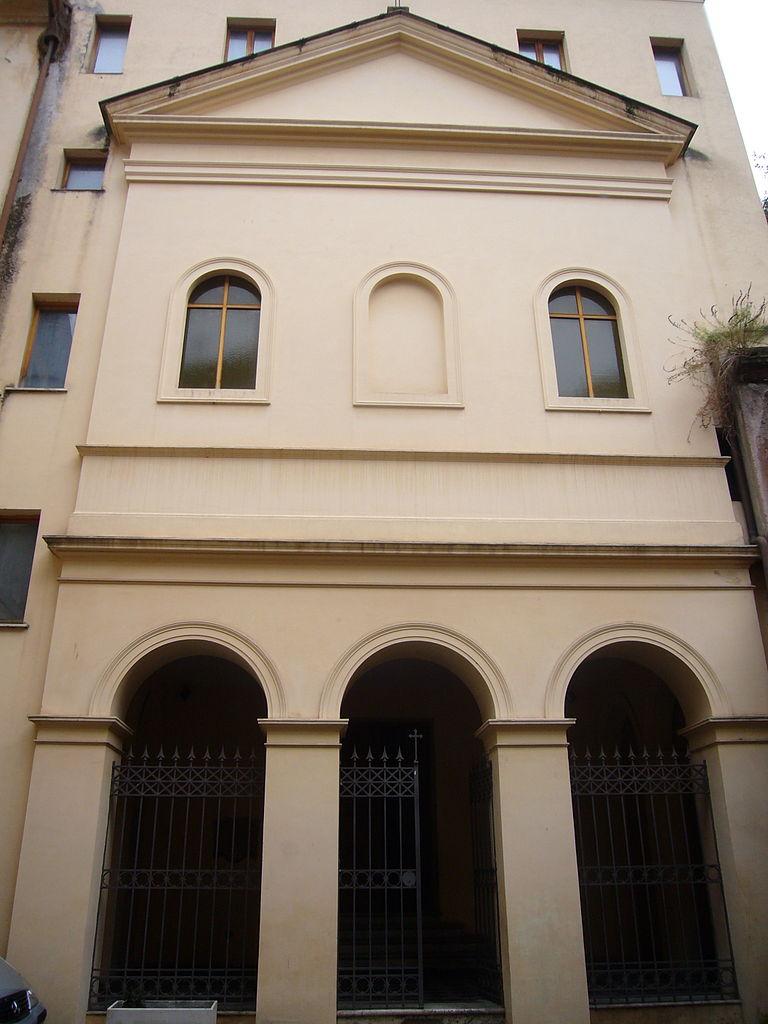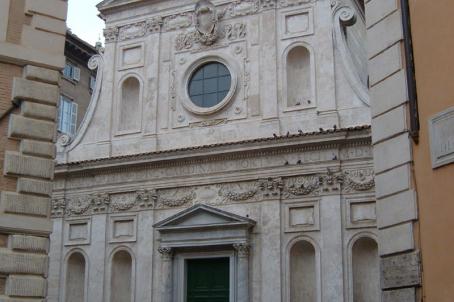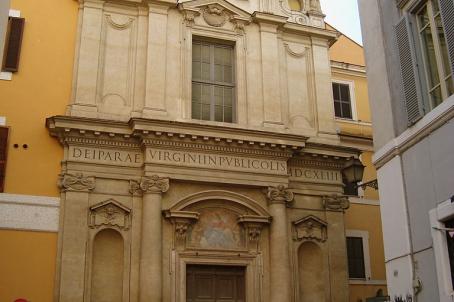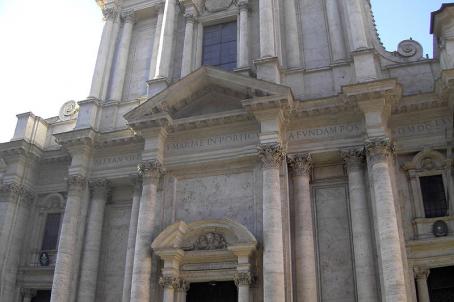Chiesa di Sant'Ambrogio della Massima

Sant'Ambrogio della Massima is said to have been built on the site of St. Ambrose's paternal home, where he lived (in the 4th century) until he moved to Milan as a consul. The church was rebuilt several times, but the sources do not specify the dates. In the 15th century or around 1500, it would have been joined to the adjacent church of Santo Stefano and rededicated to Saint Ambrose. Between 1606 and 1634, commissioned by the brothers Beatrice and Ludovico de Torres, one a Benedictine and the other a cardinal, it was rebuilt by Orazio Torriani and Carlo Maderno, incorporating the remains of the previous building. After 1870, the church and the monastery were expropriated by the Italian State, but later the church and part of the convent were returned to the Benedictines.





